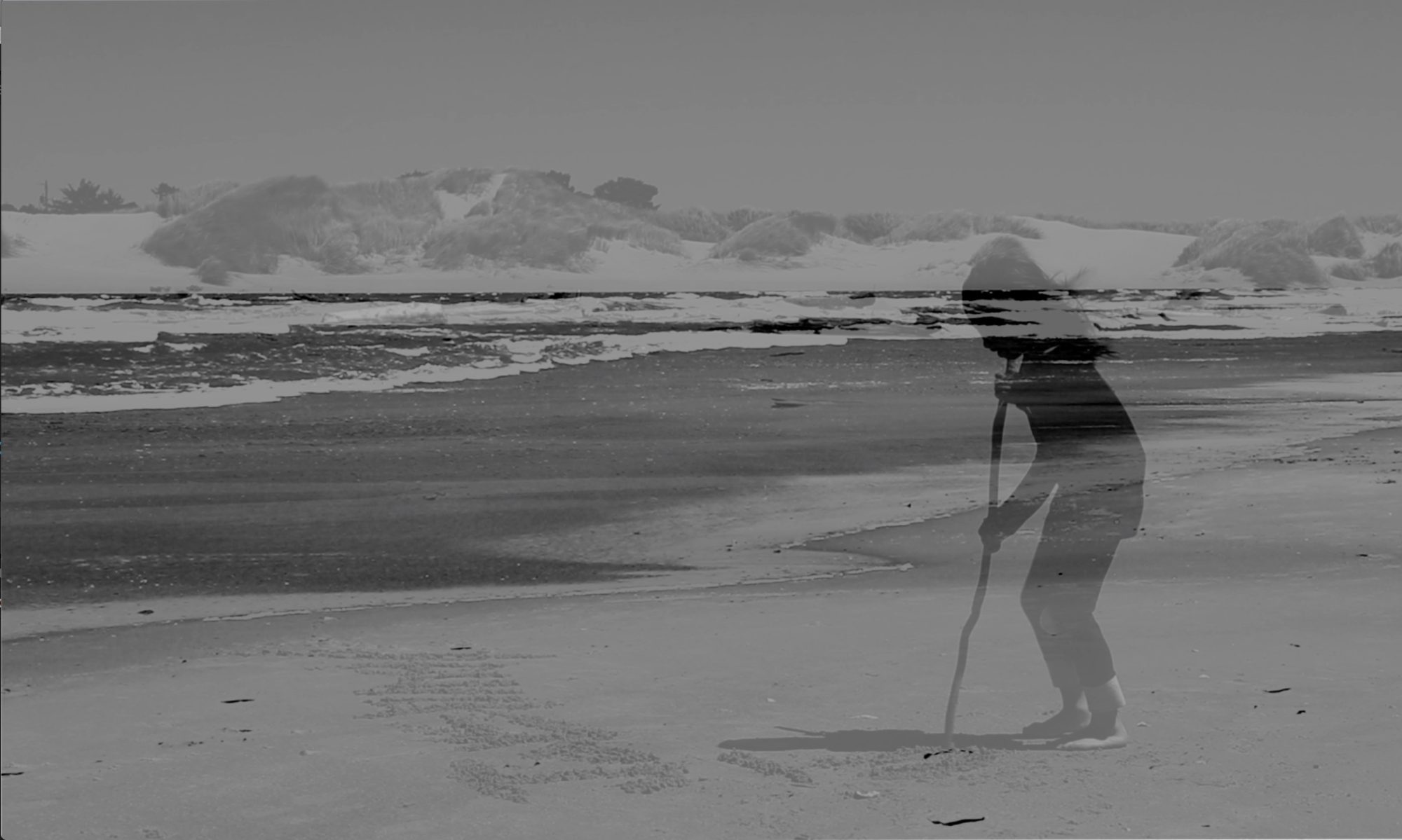[Excerpt]
The violin carries with it a great and long tradition of public performance, and from this tradition has come a worldwide familiarity with the sound of the instrument being played. But there is a separate, lesser known aspect of violin performance, what might be called “everything but the sound that is played,” or perhaps, “the sound of the violin not being played.”
Niloiv explores a traditional and familiar sound in a nontraditional way. There are two important sonic elements in the first part: a squeezing, twisting sound, and a pounding, knocking sound. In our daily life, our ears are continually activated by sound. Very often we hear these, but without listening to them. In Niloiv, a familiar sound presenting in a way that we are not usually associated with it.
